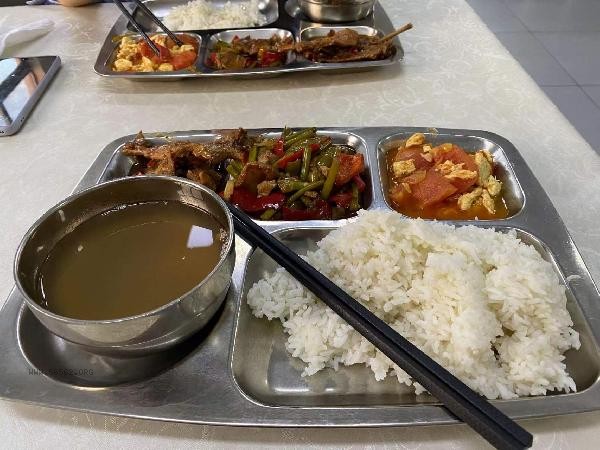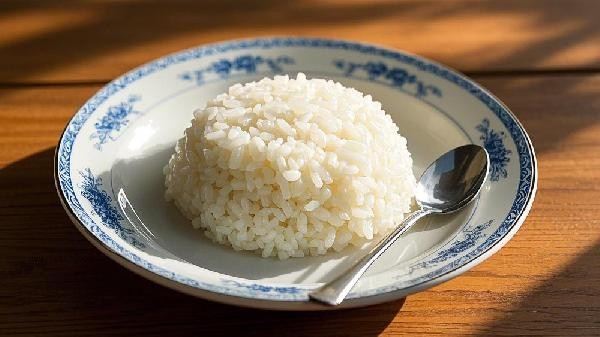The undercooked rice in an electric rice cooker is usually related to factors such as uneven heating of the inner pot, insufficient water volume, incorrect selection of function keys, or equipment aging. The main reasons include deformation of the bottom of the inner pot, improper ratio of rice to water, accumulation of dirt on the heating plate, malfunction of the temperature controller, and unstable power supply voltage.

1. Deformation of the bottom of the inner pot
Poor contact between the bottom of the inner pot and the heating plate can lead to a decrease in heat transfer efficiency. Long term use or collision may cause unevenness at the bottom of the inner pot, making it difficult to evenly transfer heat to the rice layer. It is recommended to regularly check the flatness of the inner pot. For slight deformations, manual flattening can be attempted. For severe deformations, the original inner pot should be replaced.
2. Inappropriate ratio of rice to water
Rice is difficult to fully absorb water and expand when the water volume is insufficient. There are differences in water absorption rates among different varieties of rice. Japonica rice usually requires a rice to water ratio of 1:1.2, while indica rice may require a ratio of 1:1.5. After using a measuring cup to hold rice, it should be added according to the water level line marked on the inner pot of the rice cooker. For new rice, the water content can be reduced by 10% appropriately.
3. Accumulation of dirt on the heating plate
Long term residual rice soup and oil stains will form an insulation layer. When the thickness of dirt on the surface of the heating plate exceeds 1 millimeter, the thermal conductivity efficiency may decrease by more than half. After power off and cooling, neutral cleaner can be used in conjunction with a soft cloth to wipe and avoid scratching the metal surface with steel wire balls.

4. Temperature controller malfunction
Failure of temperature sensor can cause premature tripping. After the temperature control components age or become damp due to water ingress, they may be mistakenly judged as cooked before reaching their boiling point. This is manifested as a significant reduction in cooking time and hardening of rice, requiring professional maintenance personnel to inspect and replace relevant components.
V. Unstable power supply voltage
Low voltage environment affects heating power output. When the voltage of the household circuit is below 200 volts, the rice cooker may not be able to maintain its rated power operation. You can try replacing the socket circuit or using a voltage regulator to avoid sharing the same circuit with high-power appliances such as air conditioners.

In daily use, attention should be paid to keeping the outer side of the inner pot dry and clean. Before cooking, check whether the sealing ring is aging and leaking. It is recommended to test the temperature control performance of rice cookers that have been in use for more than three years once a year. When cooking, it is advisable to use the precision cooking mode instead of the fast cooking mode. If the above problems cannot be solved after excluding them, there may be a motherboard circuit fault, and it is necessary to contact the brand after-sales service center for professional maintenance. It is also recommended to choose high-quality rice and soak it for 20 minutes in advance to improve the uniformity of rice ripening.








Comments (0)
Leave a Comment
No comments yet
Be the first to share your thoughts!